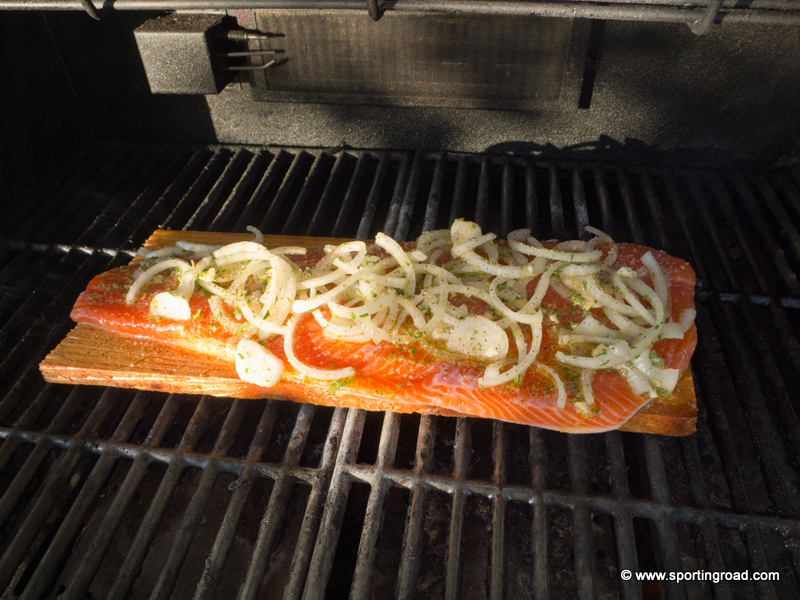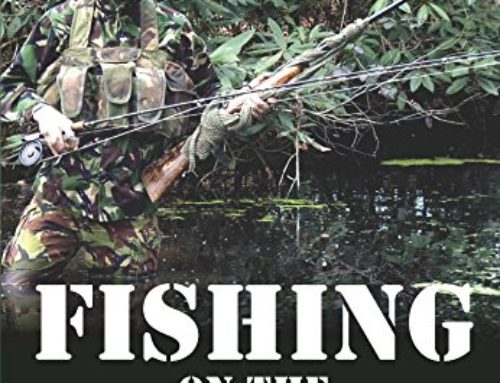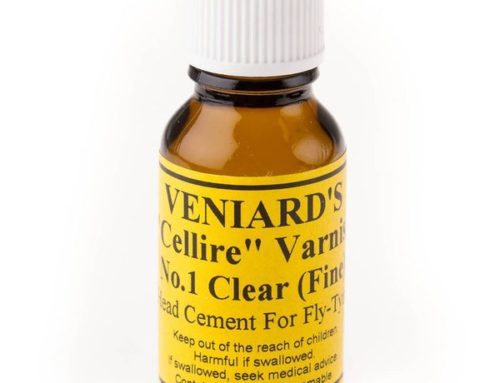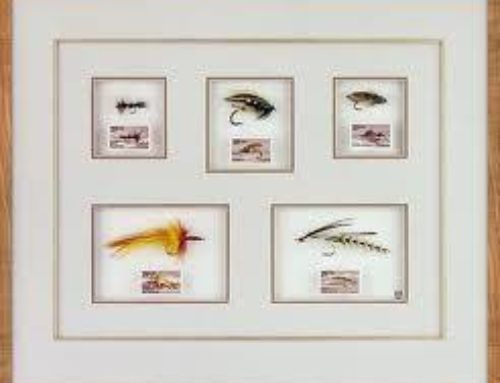6 Types Of Salmon Ranked From Least Preferred to Best
Salmon, renowned for its taste and nutritional value, holds a special place in various cultures worldwide. From the revered ceremonies of North American tribes to its presence in traditional Japanese feasts, salmon continues to be a sought-after delicacy.
With its popularity soaring, navigating the diverse array of salmon options available in grocery stores can be overwhelming. Questions about sustainability, sourcing, and quality often arise. To aid in making informed choices, it’s essential to understand key factors such as size, bone presence, and meat color.
Here, we present a comprehensive comparison of six popular types of salmon, shedding light on their unique characteristics and culinary uses.
6. Chum Salmon
Chum salmon, also known as Silverbrite or Keta, roams the Pacific coast of America, typically weighing between 8 to 15 pounds. Despite its historical significance as a food source for sled dogs, chum salmon often faces aesthetic prejudice due to its brownish hue and curled lips as it ages. However, this variety offers excellent taste at a more affordable price point. Its mild flavor and drier texture make it suitable for various cooking methods, including baking, broiling, and grilling.
5. Pink Salmon
Pink salmon, the most common species in the Pacific, lacks the oil content of its counterparts but shines in terms of sustainability. With regulations ensuring responsible harvesting practices, canned pink salmon emerges as a lean, healthy option. Ideal for salads, sandwiches, or salmon cakes, it offers versatility and nutritional value with minimal saturated fat content.
4. Atlantic Salmon
Unlike the diverse Pacific salmon varieties, Atlantic salmon is exclusively farm-raised, boasting higher oil content and a flaky texture. Despite initial concerns about pollution and over-crowding in aquaculture, significant strides in sustainable farming practices have been made. Consumers should prioritize understanding labeling terms like “wild-caught” and “sustainably farm-raised” to make informed choices.
3. Coho Salmon
Coho salmon, with its vibrant reddish-orange flesh, strikes a balance between oil content and price. While it may have less fat than sockeye or king salmon, its versatility in cooking methods and rich flavor make it a popular choice. However, overfishing and habitat loss pose significant threats to its populations, highlighting the importance of conservation efforts.
2. Sockeye Salmon
Sockeye, or red salmon, boasts a distinct deep color and robust flavor attributed to its krill-rich diet. With strict fishing regulations ensuring its protection, sockeye salmon stands out for its omega-3 fatty acid content and versatility in cooking. From sushi to grilling, it offers a delightful culinary experience.
1. King Salmon
Regarded as the pinnacle of salmon, king salmon, also known as Chinook, impresses with its size, taste, and texture. With its rich fat content and succulent flesh, it commands a premium price in the market. Despite facing threats from overfishing and habitat degradation, its unique culinary qualities make it a prized choice for discerning palates.
Navigating the world of salmon offers a rich culinary journey, where each variety brings its own unique characteristics and flavors to the table. Whether enjoyed in sushi, salads, or grilled dishes, salmon continues to captivate and delight seafood enthusiasts worldwide.





